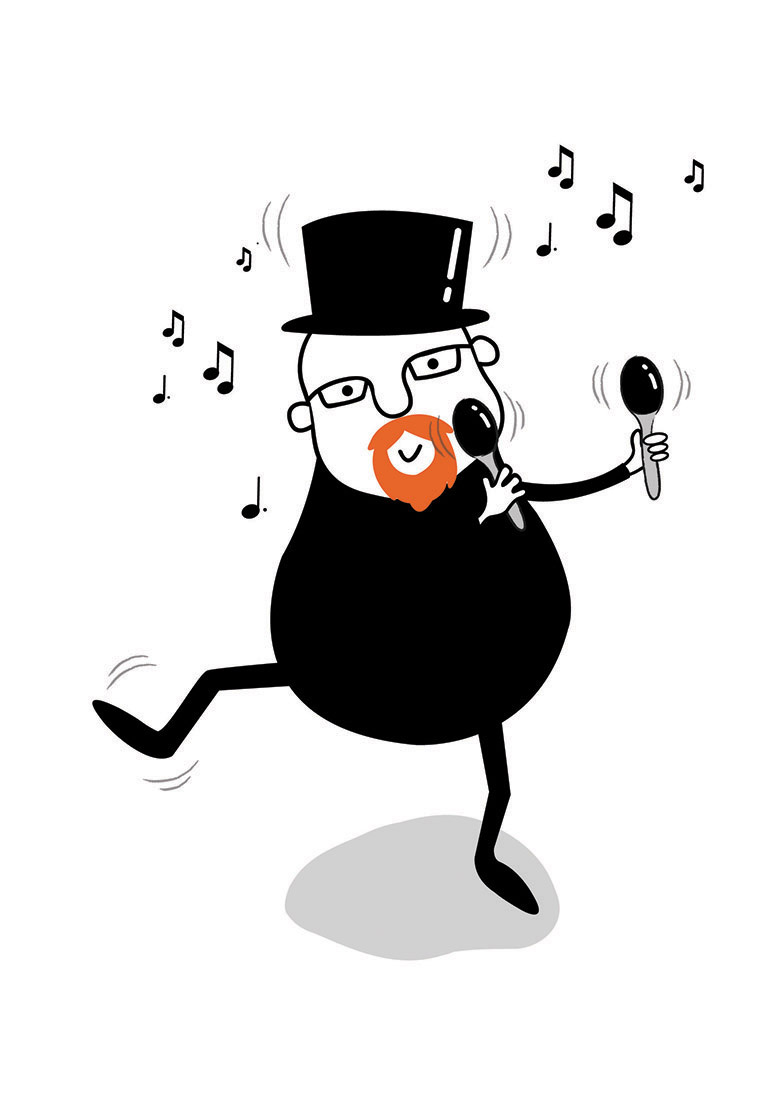
Finding our Rhythm
In the last chapter we tried to identify the soul of games as a service and we postulated that the player lifecycle helps us to differentiate this approach to games design. The next question is to find a practical application of this thinking and to see how this can help us provide a framework to improve our designs.
The problem is that we can only really understand the specific details of the player lifecycle for our game if we stand back and look historically (and dispassionately) across the collective behavior of our players. That’s not particularly useful as long as the game remains actively ...
Get Games As A Service now with the O’Reilly learning platform.
O’Reilly members experience books, live events, courses curated by job role, and more from O’Reilly and nearly 200 top publishers.

